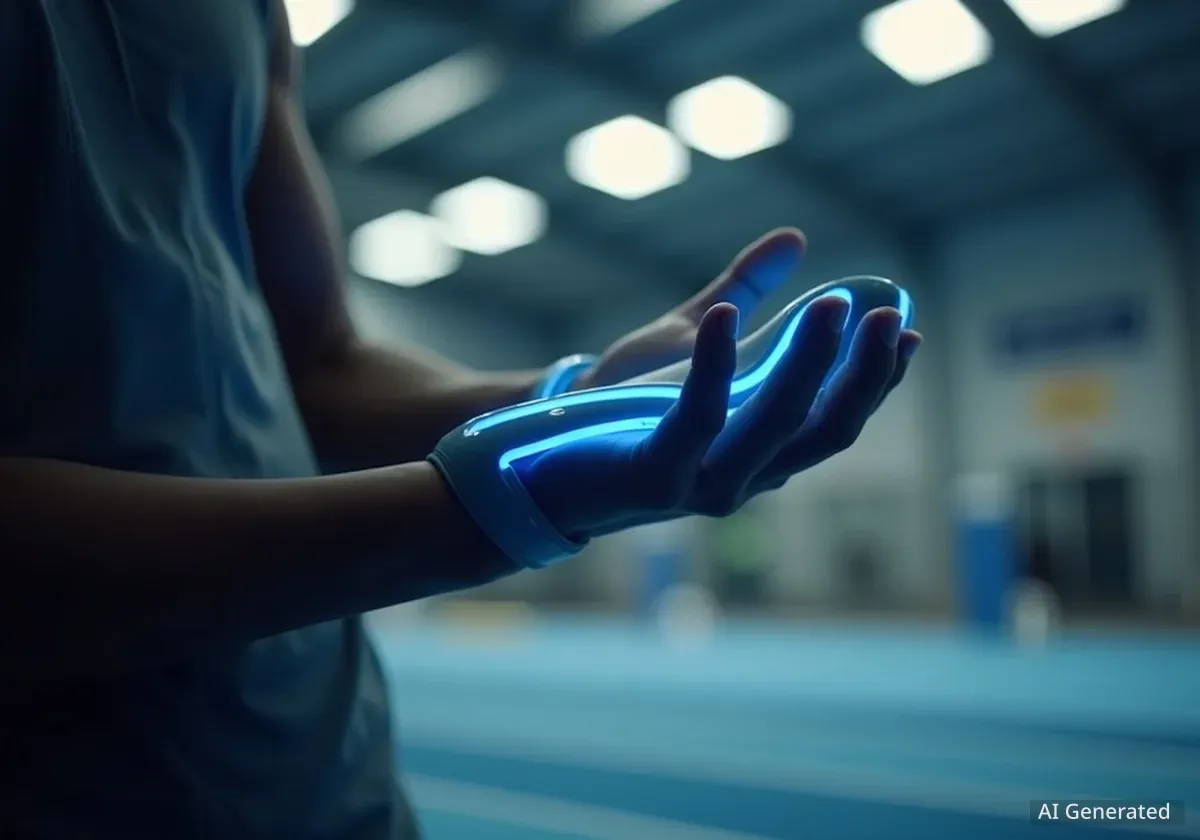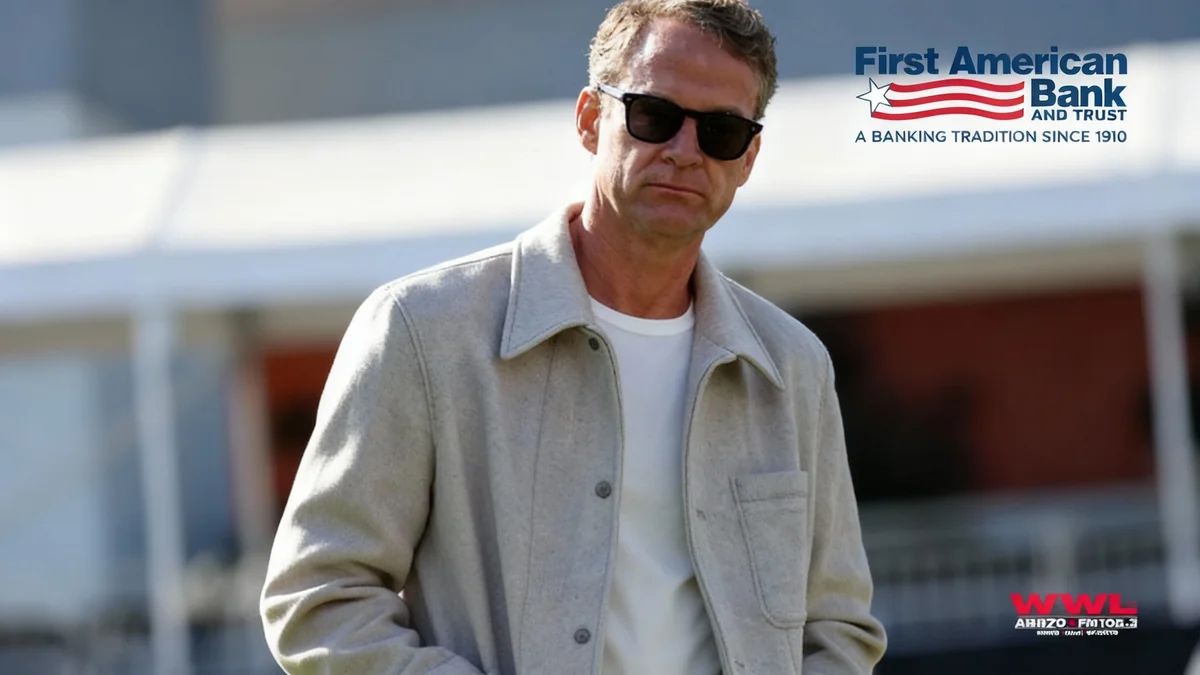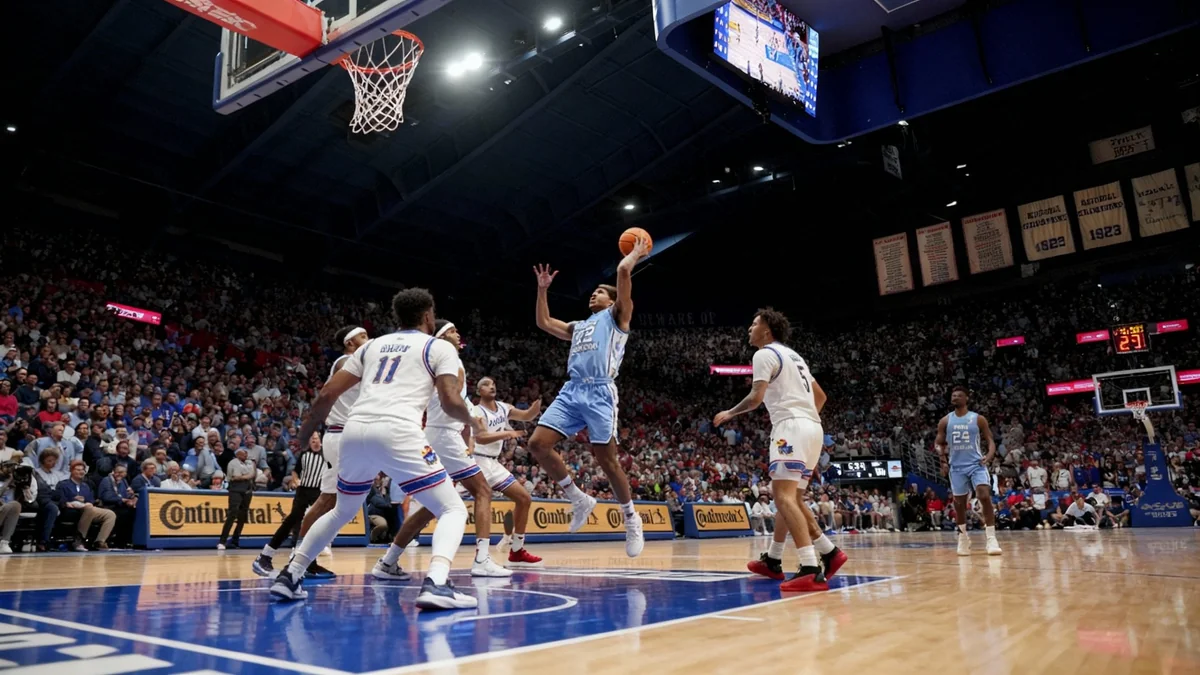A novel palm cooling technology, developed by researchers at Stanford University, is demonstrating significant potential to enhance physical performance and accelerate recovery. This innovative method targets the unique vascular structures in the human palm to lower core body temperature during intense physical exertion. The technology promises benefits for athletes and professionals in demanding roles, such as firefighters.
Key Takeaways
- Palm cooling lowers core body temperature during strenuous activity.
- The technology improves recovery, strength gains, and endurance.
- It acts as a non-pharmacological aid for physical performance.
- Apex Cool Labs is developing a commercial product with Hatch Duo.
Understanding Palm Cooling Technology
The concept behind palm cooling is rooted in human physiology. The palms of the hands, soles of the feet, and face contain specialized blood vessels called arteriovenous anastomoses (AVAs). These AVAs act as natural radiators, allowing the body to dissipate heat rapidly. By applying controlled cooling to the palms, researchers found they could significantly reduce core body temperature.
This method differs from traditional cooling techniques, which often involve external body surfaces. The direct cooling of blood through the AVAs provides a more efficient and targeted approach to thermal regulation. This efficiency is crucial for individuals pushing their physical limits.
"This technology is like non-pharmacological steroids," stated one researcher involved in the early development. "It enables individuals to perform better and recover faster without any chemical intervention."
Fact: The Palm's Role in Heat Regulation
The human palm has a dense network of arteriovenous anastomoses (AVAs). These specialized blood vessels allow blood to bypass capillaries and flow directly from arteries to veins. This unique structure facilitates rapid heat exchange, making the palms a key area for cooling the body's core.
Benefits for Performance and Recovery
Studies conducted on the palm cooling technology have shown several key benefits. Athletes using the system experienced extended time-to-exhaustion, meaning they could sustain high-intensity efforts for longer periods. This directly translates to improved endurance during training and competition.
Beyond endurance, the technology also demonstrated an ability to increase strength gains. By keeping the body cooler, muscle fatigue is delayed, allowing for more repetitions or heavier lifts in training sessions. This leads to faster and more significant improvements in muscular strength.
Faster Recovery and Greater Output
Recovery is another critical aspect where palm cooling shows promise. After intense exercise, the body needs to cool down and repair muscle tissue. By accelerating the reduction of core body temperature, palm cooling helps speed up the recovery process. This means athletes can return to training or competition sooner, reducing the risk of overtraining or injury.
Improved physical output is a cumulative benefit of all these factors. When individuals can train harder, recover faster, and maintain peak performance longer, their overall physical output increases. This has implications for various high-performance fields.
Background: Stanford University Research
The foundational research for palm cooling technology was conducted at Stanford University. Early studies focused on understanding the physiological mechanisms by which targeted cooling of the palms could impact systemic body temperature and athletic performance. These initial findings laid the groundwork for commercial development.
Commercial Development for Athletes and Firefighters
Recognizing the significant potential of this technology, Apex Cool Labs decided to transition it from a research concept to a marketable product. The company aims to make palm cooling accessible to a wider audience, including professional athletes and individuals in physically demanding professions.
To achieve this, Apex Cool Labs partnered with Hatch Duo, an industrial design and engineering firm. Hatch Duo specializes in transforming innovative ideas into functional, user-friendly products. Their expertise in design and engineering is crucial for creating a device that is effective, durable, and practical for real-world application.
Designing for Real-World Applications
The collaboration between Apex Cool Labs and Hatch Duo focuses on designing a device that can withstand rigorous use. For athletes, this means a portable and comfortable unit that does not interfere with movement. For firefighters, the device must be robust enough to operate in extreme conditions, providing critical cooling during high-stress situations.
The design process involves several stages, from initial concept sketches to detailed engineering and prototyping. The goal is to create a product that effectively delivers the cooling benefits while ensuring safety and ease of use. This includes considerations for power sources, material selection, and ergonomic design.
- Target Users: Professional athletes, military personnel, firefighters, construction workers.
- Design Challenges: Portability, durability, battery life, user comfort, effectiveness in varied environments.
- Engineering Focus: Efficient heat exchange, reliable components, intuitive controls.
The Future of Performance Enhancement
The development of palm cooling technology represents a significant step in non-pharmacological performance enhancement. Unlike supplements or other interventions, this method relies on the body's natural cooling mechanisms, amplified by targeted technology. This makes it a safe and sustainable option for improving physical capabilities.
As the product moves through its development phases, it is expected to undergo extensive testing in various real-world scenarios. Feedback from athletes and first responders will be vital in refining the device and ensuring it meets the specific needs of its intended users.
The potential impact on training methodologies and recovery protocols is substantial. Coaches and trainers may integrate palm cooling into their programs to optimize performance and reduce recovery times. This could lead to new standards in physical conditioning across multiple disciplines.
Broader Applications
While the initial focus is on athletes and firefighters, the applications of palm cooling technology could extend further. Any profession or activity involving prolonged physical exertion or exposure to heat could benefit. This includes construction workers, industrial laborers, and even individuals in rehabilitation settings.
The ability to manage core body temperature effectively has broader health implications. Heat stress can lead to various health issues, and a reliable cooling method could offer protective benefits in hot environments. This technology could improve both performance and safety for many.
Statistics on Heat Stress
According to the Centers for Disease Control and Prevention (CDC), thousands of workers are affected by heat stress each year. Effective cooling methods can significantly reduce the risk of heat-related illnesses, improving worker safety and productivity.




